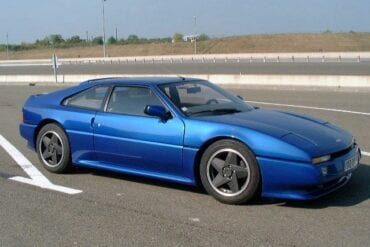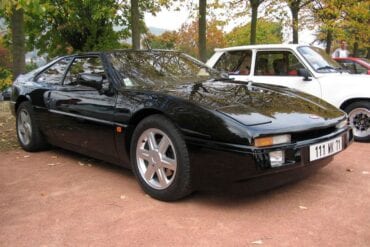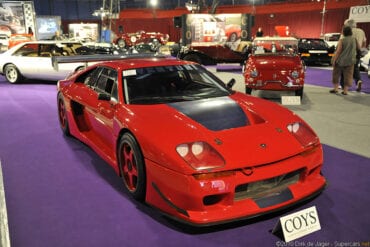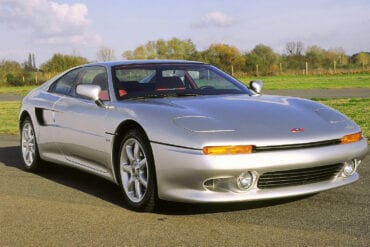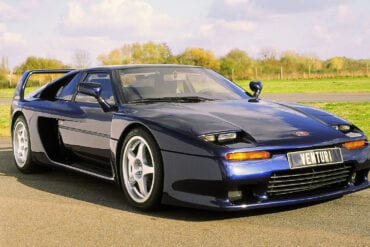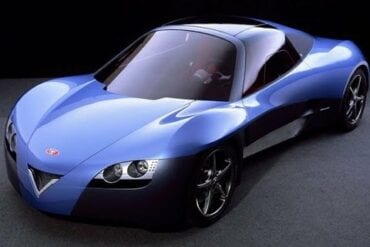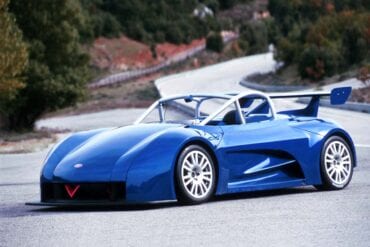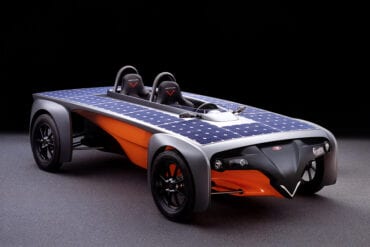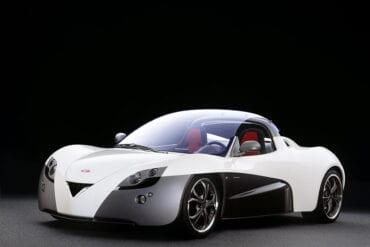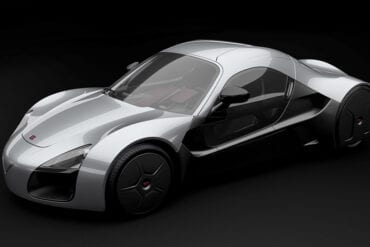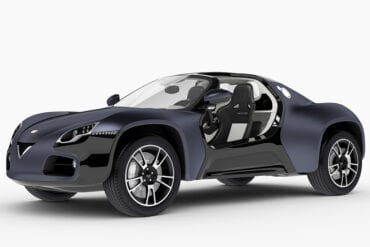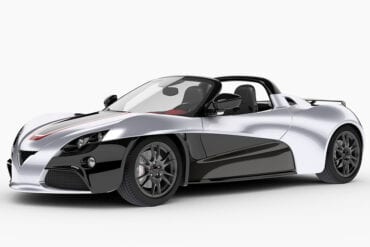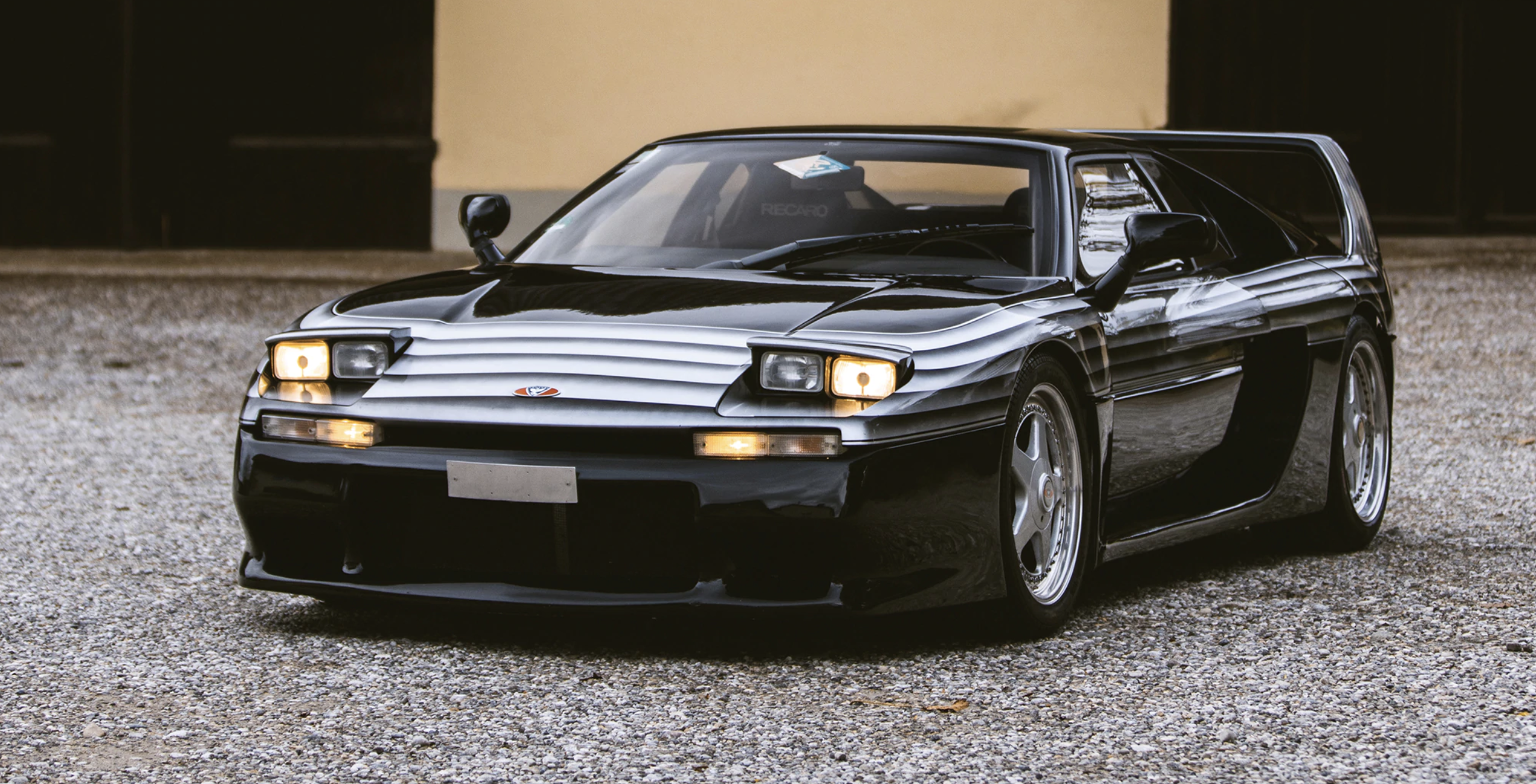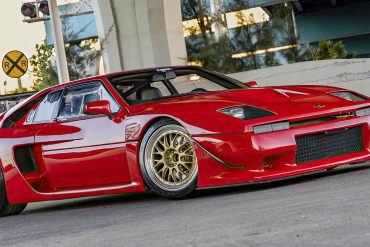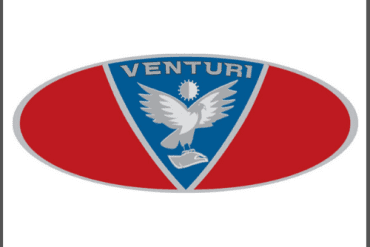
Venturi
Research, History, Reviews, Media & More
Venturi: The Rise of Monaco's High-Performance Car Brand in the 1980s and 1990s
The Founding Visionaries
Venturi Automobiles, a high-performance car brand, was established in 1984 by Claude Poiraud and Gérard Godfroy. Poiraud, an engineer with a passion for innovation, and Godfroy, a talented designer, envisioned creating sports cars that would combine French elegance with cutting-edge technology and superior performance. Their shared vision led to the birth of Venturi, a brand that would soon become synonymous with luxury, exclusivity, and engineering excellence.
Early Years and Initial Models
From its inception, Venturi aimed to carve out a niche in the competitive world of high-performance sports cars. The company's first model, the Venturi Coupé 260, debuted in 1987. This car, featuring a turbocharged V6 engine, immediately drew attention for its sleek design and impressive performance. The Coupé 260 set the tone for Venturi's future, showcasing the brand's commitment to blending style with substance.
Iconic Cars of the 1980s and 1990s
Venturi Coupé 260 (1987-1991)
The Venturi Coupé 260 was the brand's first major success. With its aerodynamic lines and powerful turbocharged engine, it delivered a thrilling driving experience. The car's lightweight construction and advanced suspension system made it a favorite among driving enthusiasts. The Coupé 260's blend of performance and aesthetics established Venturi as a serious contender in the sports car market.
Venturi Atlantique 300 (1991-2000)
One of Venturi's most iconic models, the Atlantique 300, was introduced in 1991. This car featured a 3.0-liter V6 engine that produced up to 281 horsepower, allowing it to reach speeds over 170 mph. The Atlantique 300 was praised for its elegant design, which combined sleek lines with a luxurious interior. The use of carbon fiber technology in its construction was ahead of its time, reducing weight and enhancing performance. The Atlantique 300's reputation was further bolstered by its participation in the 24 Hours of Le Mans, where it showcased its racing pedigree.
Venturi 400 GT (1994-1997)
The Venturi 400 GT, launched in the mid-1990s, was a testament to the brand's racing ambitions. Equipped with a 3.0-liter twin-turbocharged V6 engine, the 400 GT delivered 400 horsepower, making it one of the most powerful French sports cars of its era. Its carbon fiber body, advanced aerodynamics, and high-performance braking system underscored Venturi's commitment to engineering excellence. The 400 GT's racing variant, the 400 GTR, competed at Le Mans, further cementing Venturi's reputation in motorsport.
Technological Innovation and Design Excellence
Venturi was known for its pioneering use of advanced materials and technologies. The extensive use of carbon fiber in their cars was revolutionary at the time, significantly improving performance and handling. Venturi's focus on technological innovation extended to its sophisticated suspension systems and high-performance braking systems, which were integral to the driving experience of their cars.
Challenges and Transformation
Despite their innovative designs and racing successes, Venturi faced financial difficulties in the late 1990s. The high costs associated with producing their exclusive, high-performance cars, coupled with limited production volumes, strained the company's finances. This led to several changes in ownership and eventually a strategic shift towards electric vehicles in the 2000s. This transition marked a new chapter for Venturi, as they sought to combine their expertise in high-performance cars with sustainable technologies.
Venturi Automobiles' journey through the 1980s and 1990s is a story of ambition, innovation, and resilience. Founded by the visionary duo of Claude Poiraud and Gérard Godfroy, Venturi quickly made a name for itself with its stylish, high-performance sports cars. Models like the Coupé 260, Atlantique 300, and 400 GT showcased the brand's dedication to excellence and its ability to push the boundaries of automotive design and engineering. Despite facing financial challenges, Venturi's legacy of innovation and performance continues to inspire car enthusiasts around the world. As the company moves forward with its focus on electric vehicles, it remains a symbol of Monaco's contribution to the world of high-performance automotive engineering.
Venturi Company Basics
Founded: 1984
Founder: Claude Poiraud, Gérard Godfroy
Headquarters: Monaco
Did You Know
Venturi was established in 1984 by Claude Poiraud and Gérard Godfroy, with the aim of creating high-performance sports cars in the spirit of classic French automotive engineering.
Although based in Monaco, Venturi's founders were French, and the company initially produced its cars in France before moving operations to Monaco.
One of Venturi's first models, the Venturi Coupé 260, was introduced in 1987. It featured a turbocharged V6 engine and was praised for its sleek design and impressive performance.
Venturi participated in the 24 Hours of Le Mans in the 1990s with their Venturi 400 GTR, marking the brand’s foray into high-profile endurance racing.
Venturi was one of the early adopters of carbon fiber technology in car manufacturing, using it extensively to reduce weight and improve performance.
Despite their innovative cars and racing successes, Venturi faced financial difficulties in the late 1990s, which led to several changes in ownership and a shift in focus towards electric vehicles in the 2000s.


